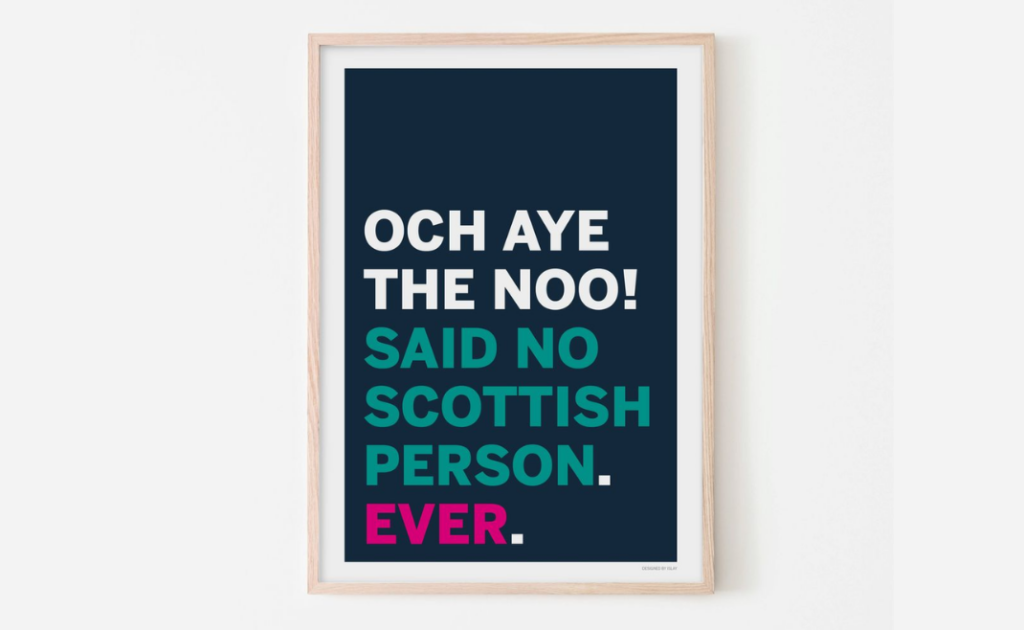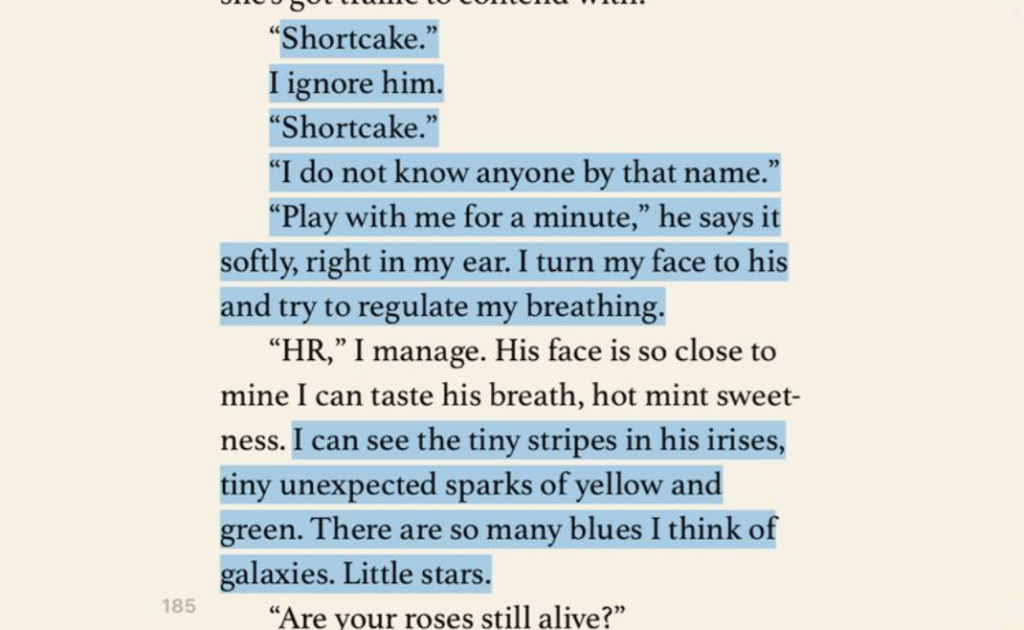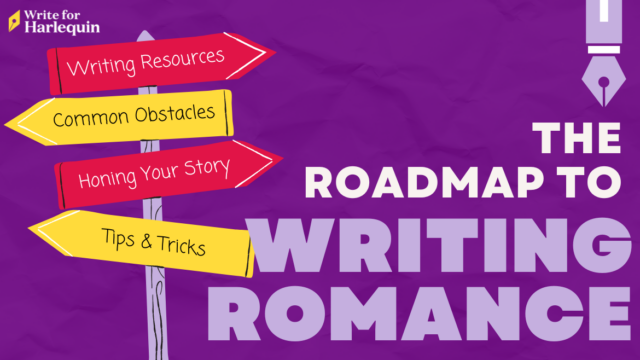
By Jenny Macey
Strong dialogue should engage your readers, drive the plot forwards, and bring your characters to life. Dialogue done poorly, however, will draw readers out of the story—and, ultimately, risk boring them! Have you ever been reading or watching a film and found yourself thinking no one would talk like that in real life or all of these characters sound the same? We’ve all been there!
Creating convincing dialogue is a crucial skill for any writer, but it can also be one of the trickiest to master. Luckily, it’s a craft that can be honed with practice—and we’ve prepared some of our top tips to help you!
1. Give your characters distinctive voices
People don’t all sound the same—and neither should your characters! One of the keys to writing convincing dialogue is to make your characters sound different from one another. Done really well, readers should be able to tell who’s speaking even without any context or dialogue tags.
Can you create a unique flow, syntax and tone for each character? For example, do they talk in short, snappy sentences, or do they have a tendency to blurt out streams of consciousness? Do they even have a recognizable idiomatic catch phrase, like F. Scott Fitzgerald’s Gatsby, who called everyone old sport?
Your characters’ personalities will play a big part here. How outgoing and confident are they? Do they tend to react emotionally to the things other characters say, or do they reply more neutrally to mask their true feelings? What knowledge do they have? Is their sense of humor silly or all dry wit? All of these factors will influence their dialogue, and how they speak to the characters around them.
You’ll also want to consider your character’s cultural background and social class, as this will often guide what syntax they use. What phrasing is appropriate? What cultural references would they be likely to quote? What do they call things (eg. do they use the British term litter or the American garbage)? Just be mindful not to get carried away with accents and local slang, as this can become distracting for the reader. As an example, if you’re character is Scottish, don’t overuse wee’s and aye’s!

All of this comes down to knowing your characters really well, and keeping their dialogue consistent with their characterization. You might think of a clever line or joke that you’d love to use, but if it isn’t something that character would realistically say, then don’t use it!
2. Keep it convincing, but not exactly like real life
Listening to real conversations is one of the best ways to refine your dialogue writing. Having said that, it’s important to remember that your dialogue should be consistent with the fictional world you’ve built, not the real world. In reality, we spend a lot of time on predictable greetings and unnecessary small talk—the hi’s and how are you’s and hasn’t the weather been lovely’s. It’s the polite thing to do. In your book, though, this is a quick way to lose your readers’ interest! Avoid superfluous ‘filler’ conversation where possible, and aim to get to the point quickly. If the dialogue isn’t revealing something new to readers or driving the story forwards, then consider if it’s really needed.
Ping-pong dialogue might be realistic, but the predictability and linear back and forth rhythm isn’t very engaging for readers. Try to interrupt the flow. Change the tone abruptly, have your characters ignore certain questions, have them reveal something surprising, use non-sequiturs. Keep readers guessing!

3. Show, don’t tell!
A common trap writers fall into is using dialogue for exposition dumps. Ask yourself whether the character would really say that, or whether it’s for the readers’ benefit. “Remember when…” conversations are a great example of this!
“Remember when we went to get ice cream, and you got mint choc chip and I got strawberry? And then a pigeon flew into the shop and made you jump and drop your ice cream on a dog’s head!”
People don’t tend to talk like that in real life. If it’s a shared experience between the characters, then they both already know what happened. Instead, the conversation would probably go something like…
“Remember when we went to that ice cream shop?”
“Oh yeah! That pigeon caused chaos!”
“And that poor dog—”
“—I didn’t mean to drop the ice cream on its head!”
Let your readers do some of the work. Based on context clues, they can fill in the blanks without you having to spell it out for them. In this example, we can infer from the fact that the pigeon was causing chaos that it was the reason they dropped the ice cream, and the specific details like what ice cream they ordered aren’t really necessary to the purpose of the dialogue. This will also help you engage readers in your story. It’s like overhearing snippets of a conversation and leaning in, desperate to hear more.
4. Don’t be afraid of said
When it comes to dialogue tags, simple is often best. The repetition of said doesn’t actually register with readers, as we almost expect it to accompany dialogue. But overusing more descriptive or flowery dialogue tags—like he joked or she whispered or they remarked—can actually be distracting and risk drawing readers out of the flow of the conversation. So use them sparingly! Often, readers can infer the tone from the context and syntax anyway. For example, if your characters are arguing, then you don’t necessarily need to tell readers that he yelled or they shouted—we can extrapolate the tone of voice from their angry words and escalating argument.
You can also use actions instead of dialogue tags. If your characters don’t want to be overheard, for instance, then rather than using they whispered, you could tell readers that they leant in close before speaking. Or, after the dialogue, you could say they were careful to keep their voice down.

5. Sometimes, less is more
Creating convincing dialogue can often come down to knowing what not to use (or include too much of!). A couple of examples include:
- Adverbs: Similarly to dialogue tags, adverbs accompanying dialogue can be both unnecessary and distracting. Let readers use subtext to interpret what you’re not telling them instead. Back to the argument example, readers can usually safely assume the character(s) is angry—so you don’t need to tell them he said, angrily. If you are going to use adverbs, however, then one effective time to implement them is when the delivery of a line is surprising. During the argument, if the characters are yelling and one character suddenly shifts to saying something softly (i.e. “I can’t do this anymore,” she said, softly.), then the sudden shift in tone gives that statement much more impact.
- Names: When you’re talking to someone, you’ll find you rarely use their name. To help your dialogue feel realistic, mimic this and limit how often they refer to other characters by name when talking to them. As discussed earlier, give your characters a distinctive voice and use context and actions to tell readers who’s talking, instead of having another character say things like “What do you think, Alex?” and “How are you, Alex?” and “I haven’t seen you for a while, Alex”.
6. Be informal!
This will depend somewhat on the setting and time period of your story, but, in general, modern English speakers are quite informal. We use contractions all the time; can’t instead of cannot, don’t instead of do not etc. It’s part of our regular vernacular, so it can read as quite unrealistic if your characters are frequently using the more formal, extended forms of these words. If you’re writing a Historical story, however, then you might use the more formal forms to demonstrate the language of the era.

Writing Better Banter
One type of dialogue that can be an incredibly useful tool, especially in the romance genre, is banter. Banter can add comedic relief to tense moments, reveal chemistry between characters, establish conflict, and build sensual tension. Now that we’ve run through some rules for writing good dialogue more generally, we’re going to focus specifically on some quick top tips for how to write effective banter.
- Keep it good-natured: Banter should be playful, teasing and (often) flirty. Keep it light-hearted! Even when your characters are disagreeing, they shouldn’t be arguing. And you don’t want the teasing to become mean or inflammatory, nor one-sided. You’re aiming to develop a fun back and forth between your characters to build a sense of connection and familiarity. It’s also worth remembering that stronger character relationships can handle more banter and teasing. You might share fondly mocking jabs with your best friend, but wouldn’t speak to a new acquaintance that way, as it would likely be misinterpreted as rudeness.
- Make it personal: Use banter to demonstrate how well the characters know each other, how well they pay attention to one another. Have them tease each other about their likes and dislikes, about events in their life, and information they’ve disclosed to the other about themselves. This will help to build a sense of familiarity and intimacy between them, showing that they care enough to remember the details they’re told.
- Making it flirty: Want to build sensual tension and chemistry between your characters? Try adding pet names to their bantering dialogue—even if they’re using them sarcastically! It can add a flirty tone even when they’re gently mocking one another. For example, “That is not your colour, sweetheart.” You can also use their body language and reactions to the interaction to build a sense of flirtatiousness. Are they naturally leaning closer during the exchange? Is there a lot of eye contact? Are they finding themselves blushing uncontrollably at the attention of the other?
- Exaggerate: Having your character overstate something is a great way to underline the fact that a phrase isn’t meant to be taken too seriously or literally. Playful hyperbole is a great tool to make sure the banter achieves the desired comedic effect.
- Use pop culture references: This will add realism to the banter, help build a sense of time and place, and tells the reader a bit more about the characters’ interests and cultural experiences.
Hopefully these tips will support you as you develop your dialogue writing, and encourage you to play with more banter in your stories! Make sure to explore the Write for Harlequin website and blog for more writing advice.




